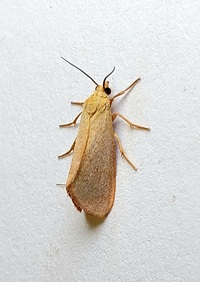
| Recorded by: Mark Basinger on 2025-10-05
Rowan Co.
Comment: | 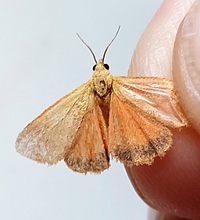
| Recorded by: Mark Basinger on 2025-10-05
Rowan Co.
Comment: |
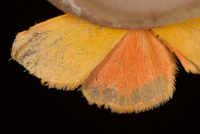
| Recorded by: Jim Petranka, Mark Basinger and Becky Elkin on 2025-08-30
Richmond Co.
Comment: | 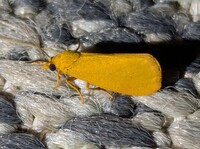
| Recorded by: Melody McMichael on 2025-07-24
Forsyth Co.
Comment: |

| Recorded by: Mark Basinger on 2025-06-27
Rowan Co.
Comment: | 
| Recorded by: Mark Basinger on 2025-06-27
Rowan Co.
Comment: |
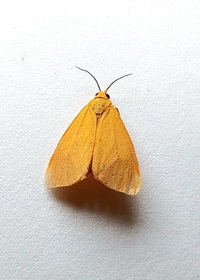
| Recorded by: Mark Basinger on 2025-06-14
Rowan Co.
Comment: | 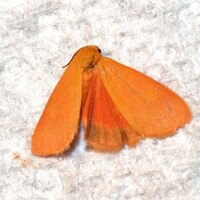
| Recorded by: David George, Jeff Niznik on 2025-05-24
Richmond Co.
Comment: |
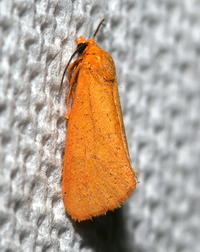
| Recorded by: David George, Jeff Niznik on 2025-05-24
Richmond Co.
Comment: | 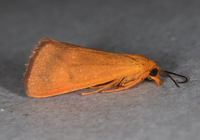
| Recorded by: Jim Petranka and Becky Elkin on 2025-05-23
Richmond Co.
Comment: |
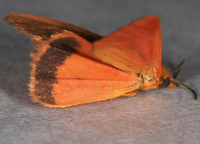
| Recorded by: Jim Petranka and Becky Elkin on 2025-05-23
Richmond Co.
Comment: | 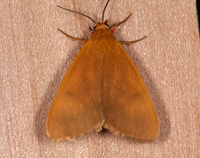
| Recorded by: Jim Petranka, Mark Basinger and Becky Elkin on 2024-09-21
Buncombe Co.
Comment: |
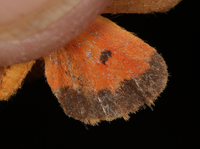
| Recorded by: Jim Petranka, Mark Basinger and Becky Elkin on 2024-09-21
Buncombe Co.
Comment: | 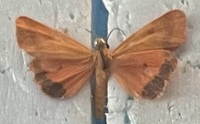
| Recorded by: Darryl Willis on 2024-09-21
Cabarrus Co.
Comment: |
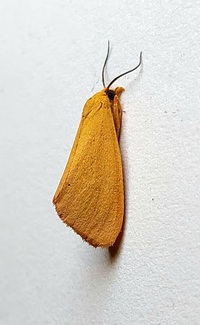
| Recorded by: Mark Basinger on 2024-09-03
Wilson Co.
Comment: | 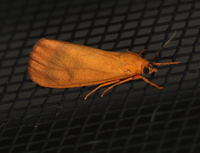
| Recorded by: Jim Petranka on 2024-07-09
Madison Co.
Comment: |
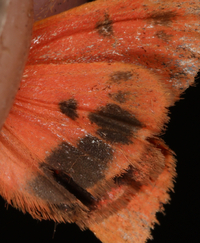
| Recorded by: Jim Petranka on 2024-07-09
Madison Co.
Comment: | 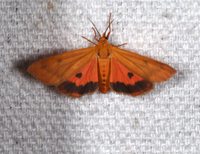
| Recorded by: Jim Petranka on 2024-07-06
Madison Co.
Comment: |
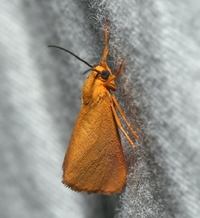
| Recorded by: David George on 2024-06-20
Durham Co.
Comment: | 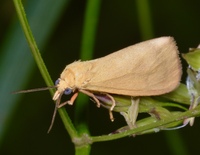
| Recorded by: Stephen Dunn on 2024-05-13
Orange Co.
Comment: |
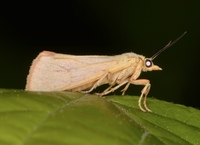
| Recorded by: Stephen Dunn on 2024-05-13
Orange Co.
Comment: | 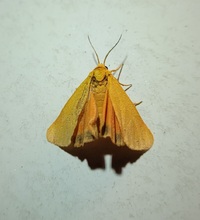
| Recorded by: Andrew W. Jones on 2023-09-20
Polk Co.
Comment: |
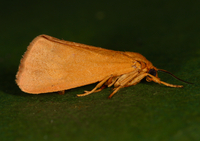
| Recorded by: Jim Petranka on 2023-09-10
Madison Co.
Comment: | 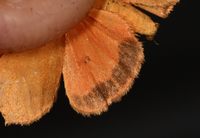
| Recorded by: Jim Petranka on 2023-09-10
Madison Co.
Comment: |
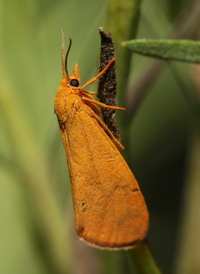
| Recorded by: David George on 2023-09-03
Durham Co.
Comment: | 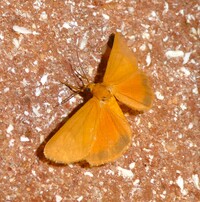
| Recorded by: Simpson Eason on 2023-09-02
Durham Co.
Comment: |
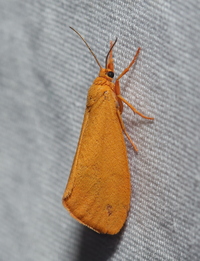
| Recorded by: David George on 2023-08-25
Orange Co.
Comment: | 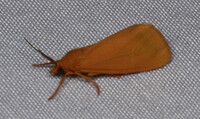
| Recorded by: David George, Stephen Dunn, Jeff Niznik on 2023-08-18
Caswell Co.
Comment: |
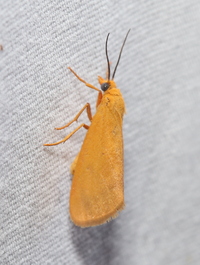
| Recorded by: David George on 2023-08-15
Orange Co.
Comment: | 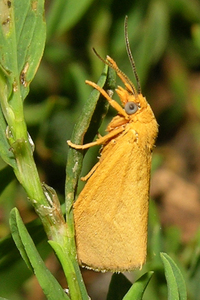
| Recorded by: Owen McConnell on 2023-07-04
Orange Co.
Comment: |
|

 »
»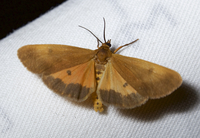
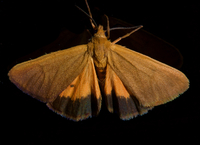
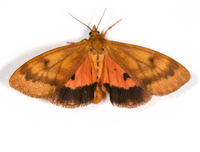


 »
»


